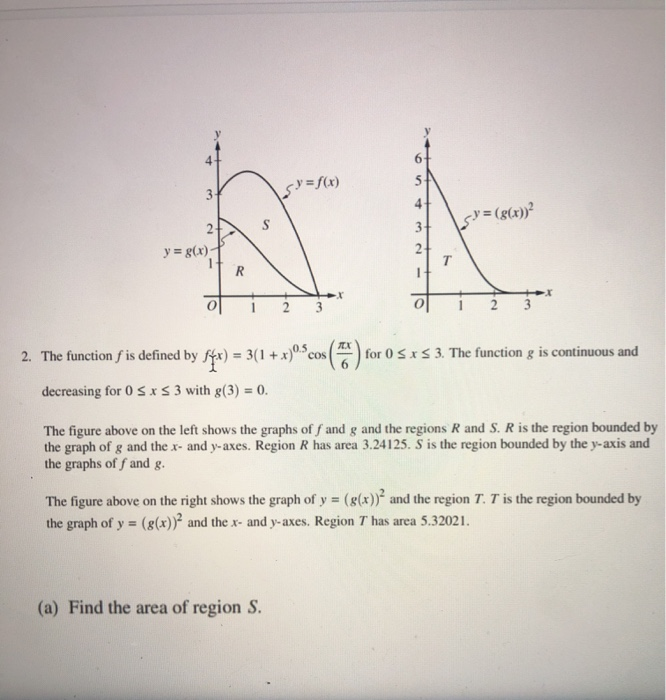5f 3. 4 3- y = g(x)- 2- T. 2. The function f is defined by ffx) = 3(1 +x)">cos for 0 SxS 3. The function g is continuous and decreasing for 0 s xS 3 with g(3) = 0. %3D The figure above on the left shows the graphs of f and g and the regions R and S. R is the region bounded by the graph of g and the x- and y-axes. Region R has area 3.24125. S is the region bounded by the y-axis and the graphs of f and g. The figure above on the right shows the graph of y = (g(x))* and the region T. T is the region bounded by the graph of y = (g(x))² and the x- and y-axes. Region T has area 5.32021. (a) Find the area of region S.
Optimization
Optimization comes from the same root as "optimal". "Optimal" means the highest. When you do the optimization process, that is when you are "making it best" to maximize everything and to achieve optimal results, a set of parameters is the base for the selection of the best element for a given system.
Integration
Integration means to sum the things. In mathematics, it is the branch of Calculus which is used to find the area under the curve. The operation subtraction is the inverse of addition, division is the inverse of multiplication. In the same way, integration and differentiation are inverse operators. Differential equations give a relation between a function and its derivative.
Application of Integration
In mathematics, the process of integration is used to compute complex area related problems. With the application of integration, solving area related problems, whether they are a curve, or a curve between lines, can be done easily.
Volume
In mathematics, we describe the term volume as a quantity that can express the total space that an object occupies at any point in time. Usually, volumes can only be calculated for 3-dimensional objects. By 3-dimensional or 3D objects, we mean objects that have length, breadth, and height (or depth).
Area
Area refers to the amount of space a figure encloses and the number of square units that cover a shape. It is two-dimensional and is measured in square units.
(a) Find the area of region S.
(b) Find the volume of the solid generated when region S is revolved about the horizontal line y=−3.
(c) Region S is the base of a solid. For this solid, each cross-section perpendicular to the x-axis is a rectangle whose height is 7 times the length of its base in region S. Write, but do not evaluate, an integral expression for the volume of this solid

Trending now
This is a popular solution!
Step by step
Solved in 3 steps









